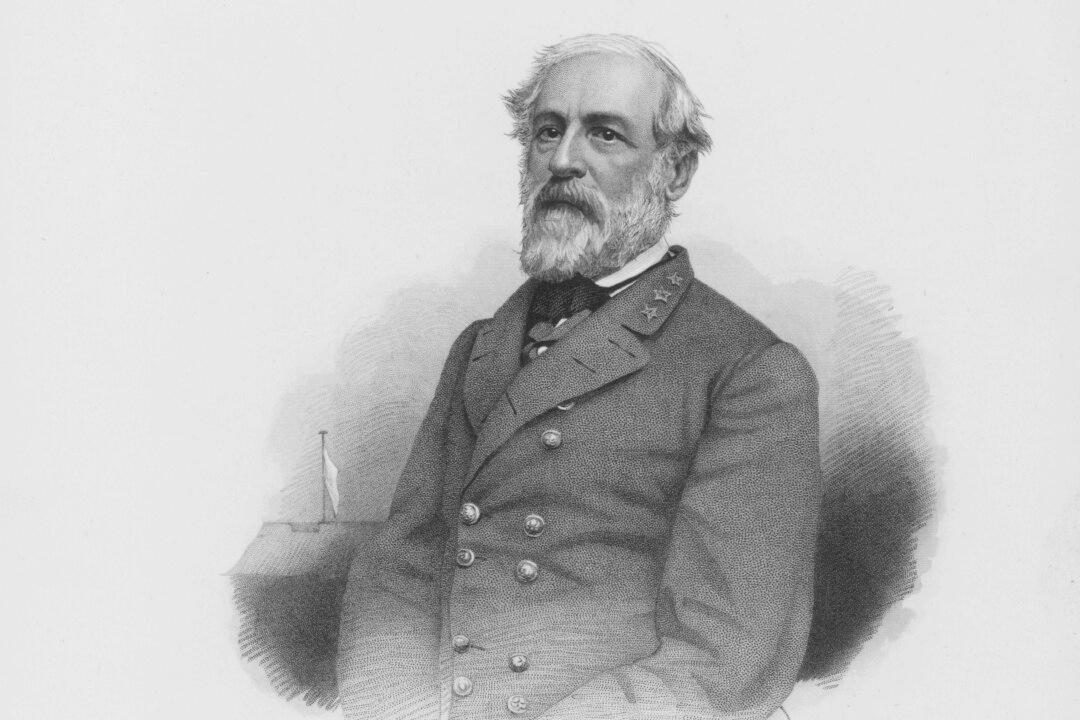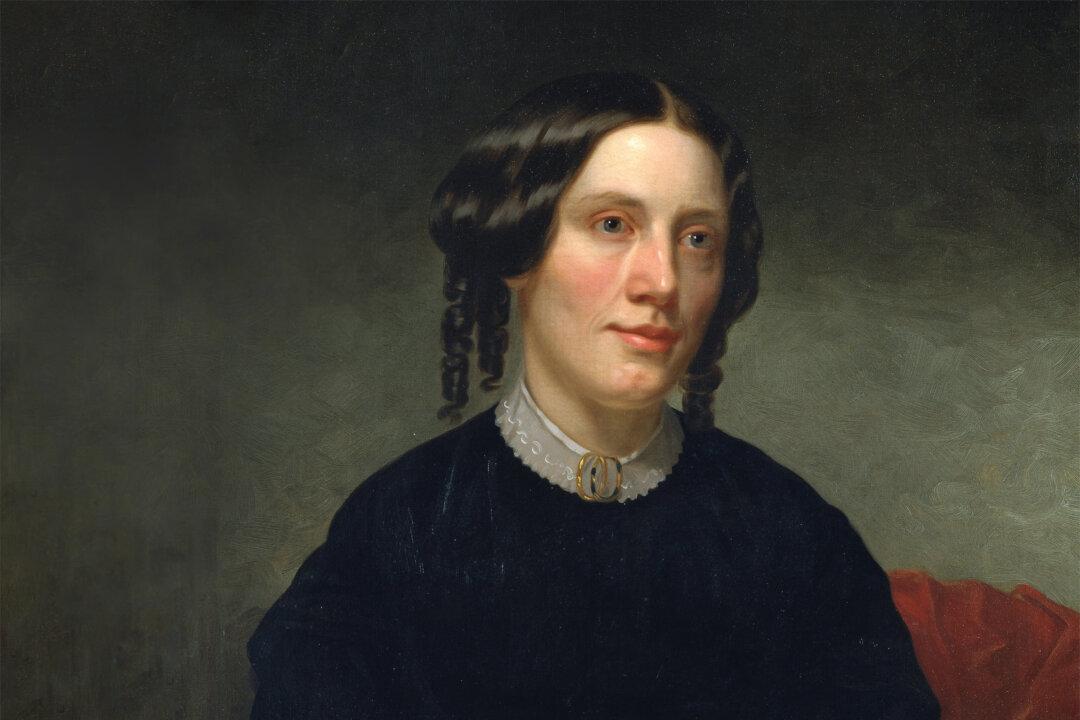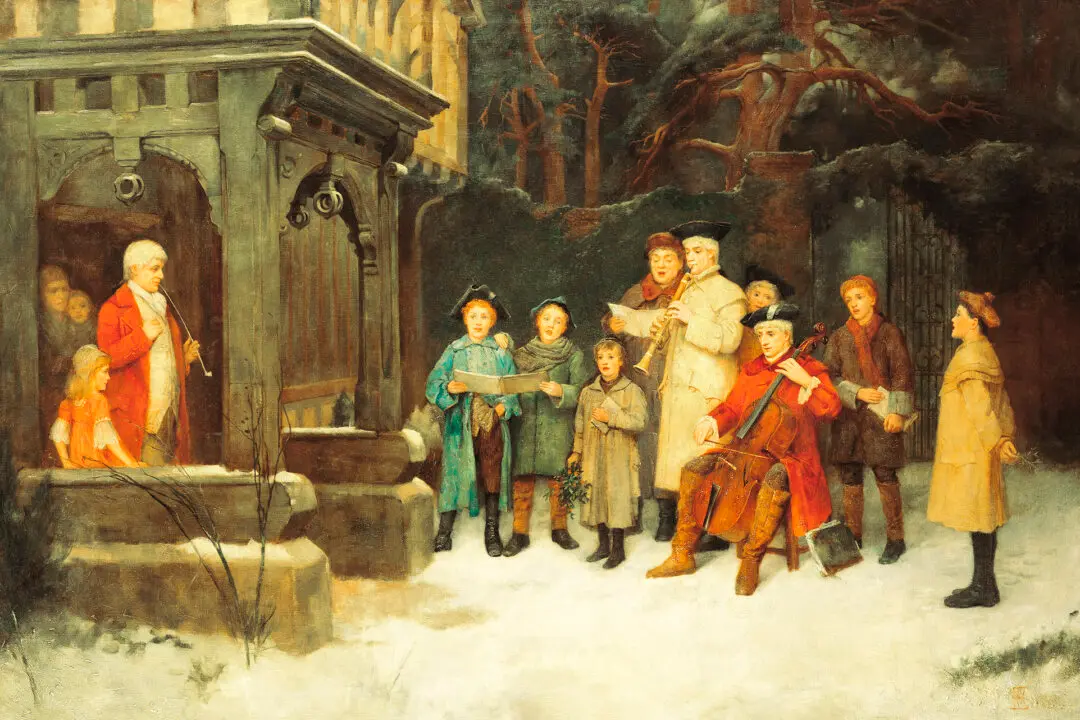Denounced by woke culture as a traitor who fought against the Union to preserve slavery, Lee has been tumbled from his seat of honor in the besieged pantheon of American heroes. For a while, there was talk of eradicating his name from Washington and Lee University, a move stymied in part when outraged alumni threatened to end donations to the school. The proposed removal of his statue from a public square in Charlottesville, Virginia, was one provocation behind the 2017 riot in that city. On October 27, 2023, that statue was melted down, to be recast into “more inclusive public art.” Following the George Floyd riots, Virginia’s governor Ralph Northam ordered the removal of Lee’s 131-year-old memorial statue from Richmond’s Monument Avenue. The enormous sculpture was cut into pieces and hauled away.
So why would anyone seek out life lessons from a man with so vile and wicked a reputation?The Statues Are Gone, the Man Remains: Lessons From Robert E. Lee
For his entire life, Robert E. Lee honored the concept of duty.

An engraved portrait of Robert E Lee, Commander of the Confederate Army during the American Civil War, 1863. Engraved by J Rogers from the original by Julian Vannerson.Archive Photos/Getty Images
Confederate general Robert E. Lee’s reputation has taken a beating in the 21st century.
Two reasons, really. First, because those who have carried out these attacks on Lee appear to be lacking in historical nuance regarding the whole man, or worse, ignorant of history itself. Second, because the principles and conduct of Robert E. Lee (1807-1870) offer us guidelines for living nobly and well.
Jeff Minick has four children and a growing platoon of grandchildren. For 20 years, he taught history, literature, and Latin to seminars of homeschooling students in Asheville, N.C. He is the author of two novels, “Amanda Bell” and “Dust on Their Wings,” and two works of nonfiction, “Learning as I Go” and “Movies Make the Man.” Today, he lives and writes in Front Royal, Va.
Author’s Selected Articles





